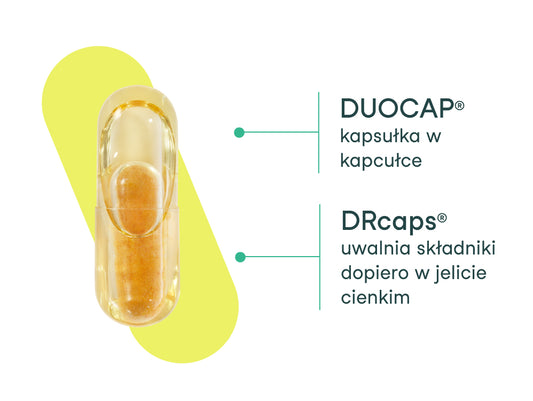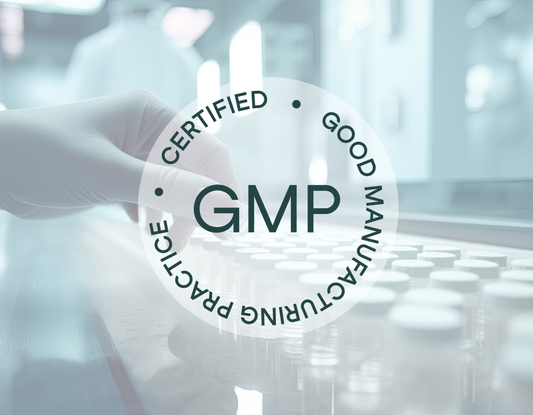
They are becoming more and more popular around the world, but in Poland they are still treated with some suspicion. Hypnobirthing is a natural technique for bringing a child into the world and at the same time eliminating pain, used by, among others, celebrities.
Hypnobirthing is no magic and has nothing to do with stage hypnosis shows. These are simply natural childbirth techniques that result from the belief that the woman and the baby naturally know what to do. It's about listening to the body, which allows you to eliminate the pain by making the woman surrender to the process she's going through and not "fight" against it .
Mental attitude also plays a very important role, and this approach, as well as practices that will help during childbirth, can be learned during special workshops organized for pregnant women. 1 . In such a birthing hypnoschool, you will learn how... not to interfere with the natural process of giving birth . That is:
- how to rely on the ancient, reptilian brain and turn off the mind that only interferes with the physiological process of childbirth;
- how to breathe (there are three types of breaths: calming, soothing and the so-called "J-breathing", i.e. breathing that gives birth to the world);
- how to use affirmation and deep relaxation, as well as techniques derived from hypnosis, i.e. primarily the so-called "anchoring".
For example, scents are used that are associated with something nice and calm, and when inhaled during childbirth, they evoke this state. One of the frequently used visualizations are ribbons wrapping around the uterus - vertical and horizontal. When a contraction ("wave") comes, the vertical ones contract and the horizontal ones expand.
Where did hypnobirthing come from?
An anecdote says that the author of the term hypnobirthing, midwife and therapist Marie Mongan, became interested in the topic of natural childbirth and relying on instinct when she observed the gentle birth of her cat. Confronting this image with her mother's stories about the pain and trauma she experienced during childbirth, the future author of the bestseller "Hypnobirthing: A Celebration of Life" realized that people have strayed too far from nature. She experienced this many years later in the hospital when she gave birth to her children. She believed that the reason for this state of affairs was excessive interference in the natural process of childbirth and its medicalization. Marie Mongan's ideas have become so popular in the modern world that celebrities have also started using hypnobirthing techniques, including: Kate Middleton or Jessica Alba 2 .
Many authors later spoke about the superiority of animal instincts and pure physiology during childbirth over attempts to mentally control this process , e.g. obstetrician, publicist and scientist Michel Odent in his famous book "Reborn Birth", which was published in English in 1994. In this context, hypnobirthing is one of the ways for a woman giving birth to "return to her animal nature."
The role of breathing in hypnobirthing.
There are three types of breathing used in hypnomidwifery. The first involves deep inhalation and exhalation through the nose - when inhaling, count to 4, and when exhaling, count to 7.
In the second type of breathing, the exhalation is also extended to 7 breaths. This breathing technique has a calming and relaxing effect.
"J-breathing" is simply breathing in the shape of the letter "J" ( the shape of the air current): we inhale the air through the nose, direct it to the palate, then down to the belly, where the "tail" turns, and then we exhale through the nose. In this way, according to the assumptions of hypnomidwifery, the baby is "breathed" into the world.
Turn off your mind, turn on your instinct.
During childbirth, a woman uses knowledge about what is happening to the body, believing that knowledge gives a sense of security and helps calm fear. It is relaxation techniques, massage and visualizations that allow the woman giving birth to somehow rise above the state, which is an important determinant of pain, and let her instincts speak. It is very important not to interfere with the pace of labor , and respecting its dynamics is one of the most important assumptions of hypnobirthing. Language is also important: here we do not talk about "labor", but "birth", there are no "contractions", only "waves". And there is no "midwife", only "birthing woman".
The benefits of hypnobirthing.
Research shows that giving birth in this way has a number of benefits for both the mother and the child. It shortens the time of labor, especially the first phase 3 , and reduces the need for medical interventions . A study conducted in 2015 shows that while among women giving birth "normally", i.e. without using hypnobirthing techniques, 32% had emergency cesarean sections, in the group that gave birth using these techniques, this percentage was 17% 4 . Moreover, it actually relieves pain - in a study conducted in 2013, 51% of women giving birth using hypnobirthing did not use any other pharmacological method of pain relief, and they characterized their pain as 5.8 points on a 10-point scale. 5 . In the same study, women talked about their well-being and sense of control over the situation , which also resulted in a lack of anxiety. In turn, children who were born in this way had better results on the Apgar scale 6 .
Of course, choosing hypnobirthing is not a 100% guarantee that everything will go according to plan and the moments of the baby's birth will be remembered as pleasant memories. However, it is one of the natural techniques that can be effective during such an important and stressful moment in the life of the mother and child 7 .
Bibliography:
- “What is HypnoBirthing?”, Official HypnoBirthing Institute, us.hypnobirthing.com, accessed January 3, 2022.
- Caron C., “Marie Mongan, 86, Who Developed Hypnotherapy for Childbirth, Dies,” March 16, 2021. The New York Times.
- Landolt AS, Milling LS, “The effectiveness of hypnosis as an intervention for labor and delivery of pain: a comprehensive methodological review.” Clin Psychol Rev. 2011
- Varner CA, “Comparison of the Bradley Method and HypnoBirthing Childbirth Education Classes.” J Perinat Educ. 2015
- Phillips-Moore J., “Birthing outcomes from an Australian HypnoBirthing program”, British Journal of Midwifery, August 16, 2013.
- Landolt AS, Milling LS, op.cit.
- Semple A., Newburn M., “Research overview: Self-hypnosis for labor and birth.” NCT's journal on preparing parents for birth and early parenthood, 2011.
- Gavin-Jones T., Handford S., “Hypnobirth: Evidence, practice and support for birth professionals.” 2016
- Finlayson K., Downe S., Hinder S., Carr H., Spiby H., Whorwell P., “Unexpected consequences: women's experiences of a self-hypnosis intervention to help with pain relief during labor.” BMC Pregnancy Childbirth. 2015


What makes our capsule stand out?
The nikalab capsule impresses not only with its appearance, but also with its operation. We used two innovative...








